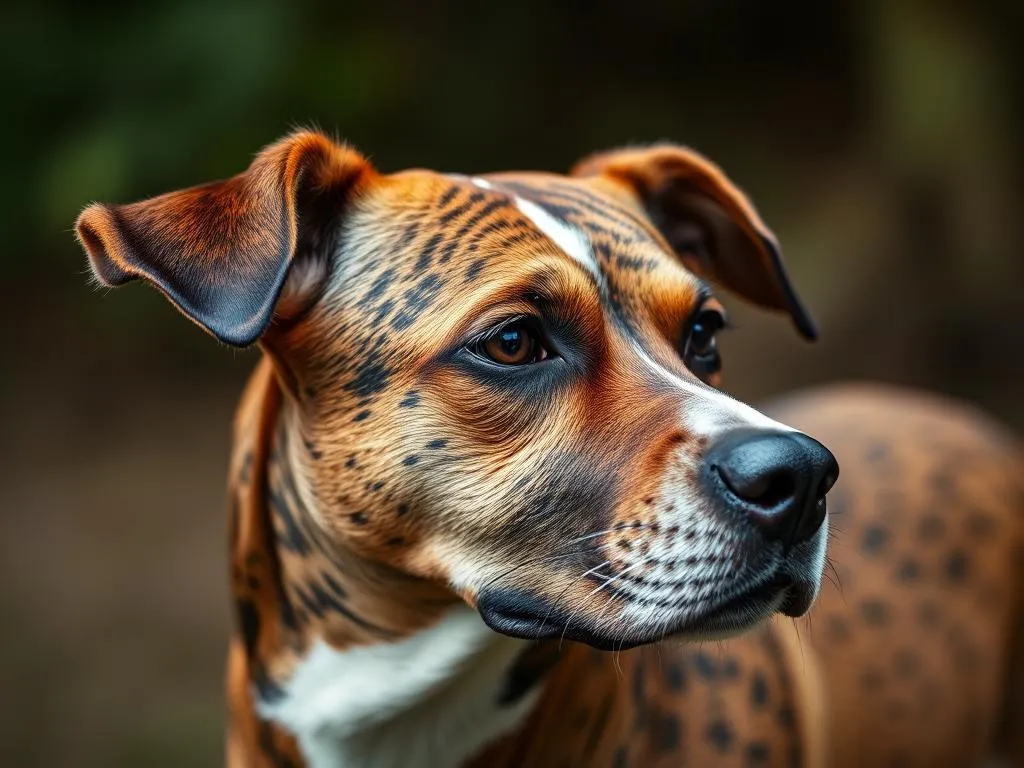
Introduction
Dog skin problems are a common concern among pet owners, affecting the comfort and quality of life for our furry companions. From persistent itching to unsightly rashes, skin issues can arise from various causes, including allergies, infections, and parasites. Understanding these conditions and recognizing which dog breeds prone to skin problems can help owners take proactive steps in prevention and care.
Many dog breeds have specific genetic predispositions that can lead to skin problems, making it essential for prospective dog owners to be informed. In this article, we’ll explore common skin issues, identify breeds that are particularly susceptible, and provide practical tips for prevention and care.
Understanding Skin Problems in Dogs
Common Skin Issues
Dogs can suffer from a variety of skin issues, and understanding these can help in identifying the right treatment:
-
Allergies: Dogs can develop allergies to food ingredients or environmental factors like pollen, dust mites, and mold. Symptoms often include itching, redness, and inflammation of the skin.
-
Infections: Bacterial and fungal infections can occur, often secondary to other skin conditions. These infections can lead to more severe symptoms including odor and discharge.
-
Parasites: Fleas and ticks are common culprits that can irritate a dog’s skin, leading to scratching and discomfort. Flea allergy dermatitis is particularly prevalent in sensitive dogs.
-
Dermatitis: This term encompasses various skin inflammations, including contact dermatitis (reaction to substances the dog touches) and atopic dermatitis (genetic predisposition to allergies).
Symptoms of Skin Problems
Identifying skin problems early can lead to better treatment outcomes. Common symptoms include:
-
Itching and scratching: Excessive scratching or biting at the skin can indicate irritation.
-
Redness and inflammation: Affected areas may appear red, swollen, or inflamed.
-
Hair loss: Patches of fur loss can occur due to scratching or underlying conditions.
-
Odor and discharge: Unpleasant smells or discharge can signal infections that require veterinary attention.
Dog Breeds Prone to Skin Problems
Overview of Genetic Factors
Genetics play a significant role in a dog’s susceptibility to skin problems. Certain breeds have inherited traits that make them more prone to allergies, infections, and dermatological issues. Understanding these breed-specific tendencies can help owners manage and prevent skin conditions effectively.
Breed-Specific Issues
Bulldogs
Bulldogs are well-known for their adorable wrinkled faces, but these skin folds can lead to common skin problems like fold dermatitis. The moisture trapped in the folds can create an environment for bacterial infections.
Prevention tips:
– Regular cleaning of skin folds with a damp cloth.
– Use of medicated wipes to keep folds dry.
Boxers
Boxers often experience allergies and dermatitis, which can cause significant discomfort. Their short hair makes it easy to notice skin irritations, but this also means they can be more vulnerable to environmental allergens.
Care recommendations:
– Regular baths with hypoallergenic shampoos.
– Monitoring diet for potential allergens.
Retrievers (Labrador and Golden)
Both Labrador and Golden Retrievers are prone to hot spots and allergies, especially during warmer months. Their thick coats can trap moisture, leading to skin infections and irritations.
Importance of grooming:
– Regular brushing to remove loose fur and dirt.
– Frequent baths during allergy season to reduce allergens in their coat.
Cocker Spaniels
Cocker Spaniels are particularly susceptible to ear infections and skin allergies. Their long ears can trap moisture and debris, leading to infections and associated skin problems.
Regular vet check-ups:
– Routine ear cleaning and grooming.
– Monitoring for signs of allergies and prompt veterinary consultation.
Dachshunds
Dachshunds can develop skin allergies and hot spots, often exacerbated by their low-to-the-ground stature, which increases exposure to allergens.
Importance of diet:
– High-quality dog food that avoids common allergens.
– Consideration of grain-free diets if allergies are suspected.
Shar Pei
Known for their unique skin folds, Shar Peis are prone to skin fold dermatitis. This condition occurs when folds become irritated or infected due to moisture and debris accumulation.
Regular cleaning practices:
– Daily cleaning of skin folds with a gentle cleanser.
– Keeping folds dry to prevent infections.
West Highland White Terrier
The West Highland White Terrier is known for its beautiful coat but is also prone to atopic dermatitis and other skin conditions. Their sensitive skin requires special attention.
Regular grooming needs:
– Frequent brushing to prevent matting and skin irritation.
– Use of oatmeal-based shampoos to soothe the skin.
Siberian Huskies
While Siberian Huskies are known for their thick double coats, they can experience seasonal shedding that leads to skin issues. This breed may also face allergies that manifest through skin problems.
Nutrition and care tips:
– Proper diet rich in omega fatty acids to promote skin health.
– Regular grooming to manage shedding and prevent matting.
Other Breeds at Risk
In addition to the breeds mentioned, other breeds such as French Bulldogs, Poodles, and Staffordshire Bull Terriers are also known to have skin problems. Being aware of these risks can help owners take preventative measures.
Prevention and Care Tips
Regular Grooming
Regular grooming is crucial in maintaining skin health. It not only keeps the coat clean and free from debris but also helps in early detection of skin issues.
- Importance of brushing and bathing: Regular brushing can minimize matting and remove dead hair, while baths can reduce allergens on the skin.
- Recommended grooming products: Use hypoallergenic shampoos and conditioners to avoid further irritation.
Diet and Nutrition
The role of diet in maintaining healthy skin cannot be overstated. High-quality ingredients can significantly impact a dog’s skin health.
- Recommended supplements and foods: Omega-3 and Omega-6 fatty acids can improve skin condition. Consult with your veterinarian for specific dietary recommendations.
Environmental Control
Reducing allergens in your dog’s environment can have a significant impact on their skin health.
- Reducing allergens in the home: Regularly clean your home to minimize dust and pollen. Consider using air purifiers to keep the environment clean.
- Importance of a clean living environment: Ensure your dog’s bedding and living area are frequently washed and disinfected.
Regular Vet Visits
Routine veterinary check-ups are essential for maintaining your dog’s overall health, including skin health.
- Importance of routine check-ups: Regular visits can help catch skin issues early and provide you with a treatment plan.
- Vaccinations and skin screenings: Stay updated on vaccinations and ask your vet about skin screenings to ensure that any underlying issues are addressed.
Home Remedies and Treatments
For mild skin issues, there are various home remedies that can provide relief.
- Natural solutions for mild skin issues: Oatmeal baths can soothe itchy skin, while aloe vera can help with minor irritations.
- When to seek veterinary care: If symptoms persist or worsen, it’s crucial to consult a veterinarian to prevent complications.
Conclusion
From Bulldogs to Siberian Huskies, various dog breeds prone to skin problems require specialized attention to maintain their skin health. By understanding the specific issues that different breeds face, owners can take proactive steps to prevent and manage skin conditions.
Responsible pet ownership involves being aware of these challenges and ensuring that our furry friends receive the care they need. Regular grooming, a balanced diet, environmental control, and routine vet visits are all essential components of keeping your dog’s skin healthy. Make sure to consult with your veterinarian for personalized advice tailored to your pet’s unique needs.









